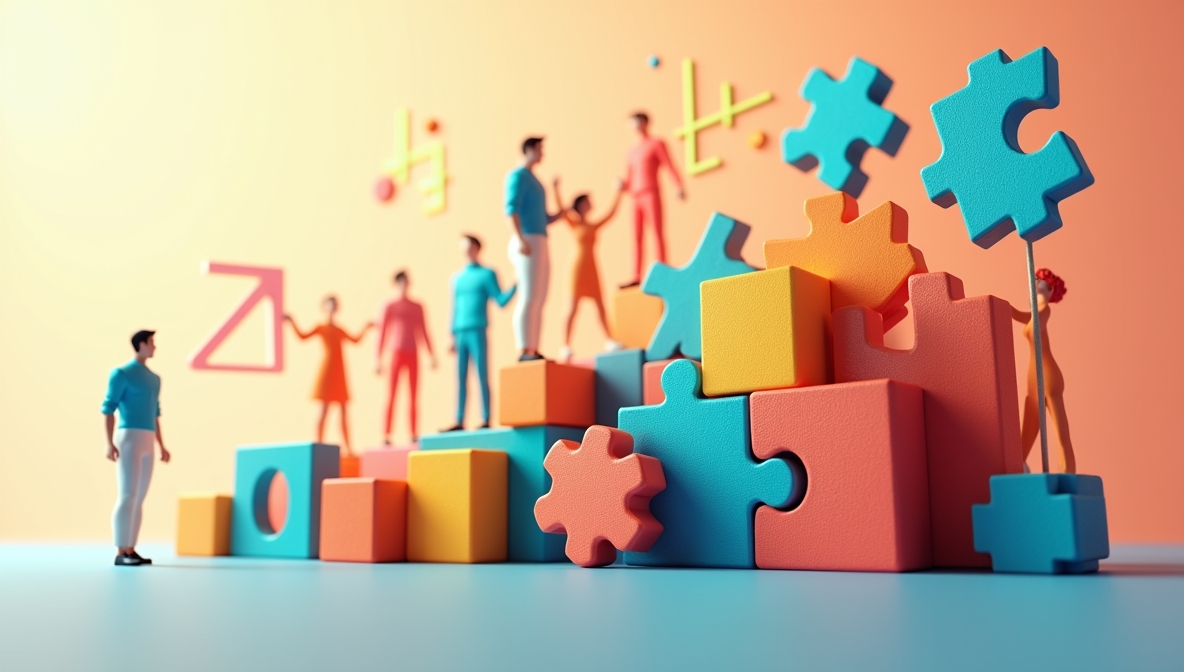Retaining customers is not just about discounts or rewards—it’s about understanding human behavior. Loyalty programs tap into psychological triggers that influence decisions, creating a sense of belonging and reinforcing long-term engagement.
Why Customers Stay: The Psychological Factors at Play
1. Commitment and Consistency
People are more likely to continue an action once they’ve made an initial investment. Whether it’s collecting points or achieving VIP status, customers develop a habit, making it harder to break ties with a brand.
2. Loss Aversion
The fear of missing out is a strong motivator. Limited-time rewards, exclusive perks, and expiring points create urgency, encouraging continued interaction with a brand.
3. Reciprocity
Customers who receive something of value—be it discounts, early access, or personalized offers—feel inclined to give back through repeat purchases and brand advocacy.
4. Social Proof
People look to others for cues on behavior. Seeing friends engage with a loyalty program, reading testimonials, or spotting user-generated content reinforces trust and encourages participation.
5. Gamification and Achievement
Progress tracking, tiered rewards, and milestone achievements trigger the brain’s dopamine response, creating satisfaction and reinforcing continued engagement.
Types of Loyalty Programs and Their Psychological Impact
Point-Based Systems
- Psychological Trigger: Commitment and consistency.
- Why It Works: Customers feel progress toward a reward, increasing the likelihood of repeat purchases.
Tiered Memberships
- Psychological Trigger: Status and exclusivity.
- Why It Works: Unlocking higher tiers fosters a sense of achievement, making customers reluctant to start over with another brand.
Cashback Programs
- Psychological Trigger: Loss aversion.
- Why It Works: Customers perceive savings as lost money if they don’t use accumulated rewards.
Subscription-Based Loyalty
- Psychological Trigger: Sunk cost fallacy.
- Why It Works: Paying for a membership increases commitment, making customers more likely to maximize benefits.
Referral Incentives
- Psychological Trigger: Social proof and reciprocity.
- Why It Works: People trust recommendations from friends, and referrers feel rewarded for their advocacy.
Common Loyalty Program Mistakes That Undermine Retention
1. Complicated Reward Systems
If customers struggle to understand how to earn and redeem rewards, they lose interest. Simplicity increases engagement.
2. Lack of Personalization
Generic rewards fail to create an emotional connection. Customizing perks based on past purchases and preferences strengthens relationships.
3. Infrequent Rewards
If rewards take too long to earn, customers disengage. Small, frequent incentives maintain momentum and enthusiasm.
4. Ignoring Customer Experience
A loyalty program won’t compensate for poor service. Seamless interactions, clear communication, and consistent value are essential for retention.
How to Strengthen Customer Retention Through Loyalty Programs
1. Make Engagement Easy
- Simple sign-ups and clear rules.
- Accessible dashboards to track progress.
- Seamless omnichannel integration.
2. Leverage Behavioral Data
- Personalize offers based on past behavior.
- Send timely reminders and reward expiration notices.
- Adjust incentives to align with customer preferences.
3. Foster Emotional Connections
- Celebrate customer milestones.
- Offer surprise rewards for birthdays or anniversaries.
- Provide exclusive access to VIP experiences.
4. Create a Community
- Encourage user-generated content and social sharing.
- Introduce member-only forums or events.
- Highlight customer success stories.
5. Test and Adapt
- Analyze program performance.
- Collect feedback to refine offerings.
- Stay updated on changing customer expectations.
Loyalty programs succeed when they align with human psychology. A well-designed system taps into behavioral triggers, fostering long-term relationships that go beyond transactions. Brands that understand these principles create experiences that keep customers coming back.








